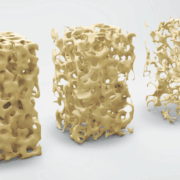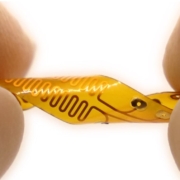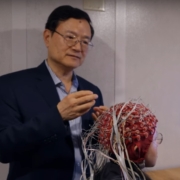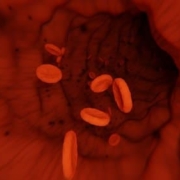AI system detects osteoporosis from routine X-rays
Researchers have developed an artificial intelligence system that can estimate bone mineral density and detect osteoporosis from standard lumbar X-ray images, achieving sensitivity rates of 86.4% for osteopenia detection. The technology could transform routine clinical X-rays into powerful screening tools for bone health assessment.




 callan emery / Midjourney
callan emery / Midjourney
 © The Zhou Lab at University of Southern California
© The Zhou Lab at University of Southern California



